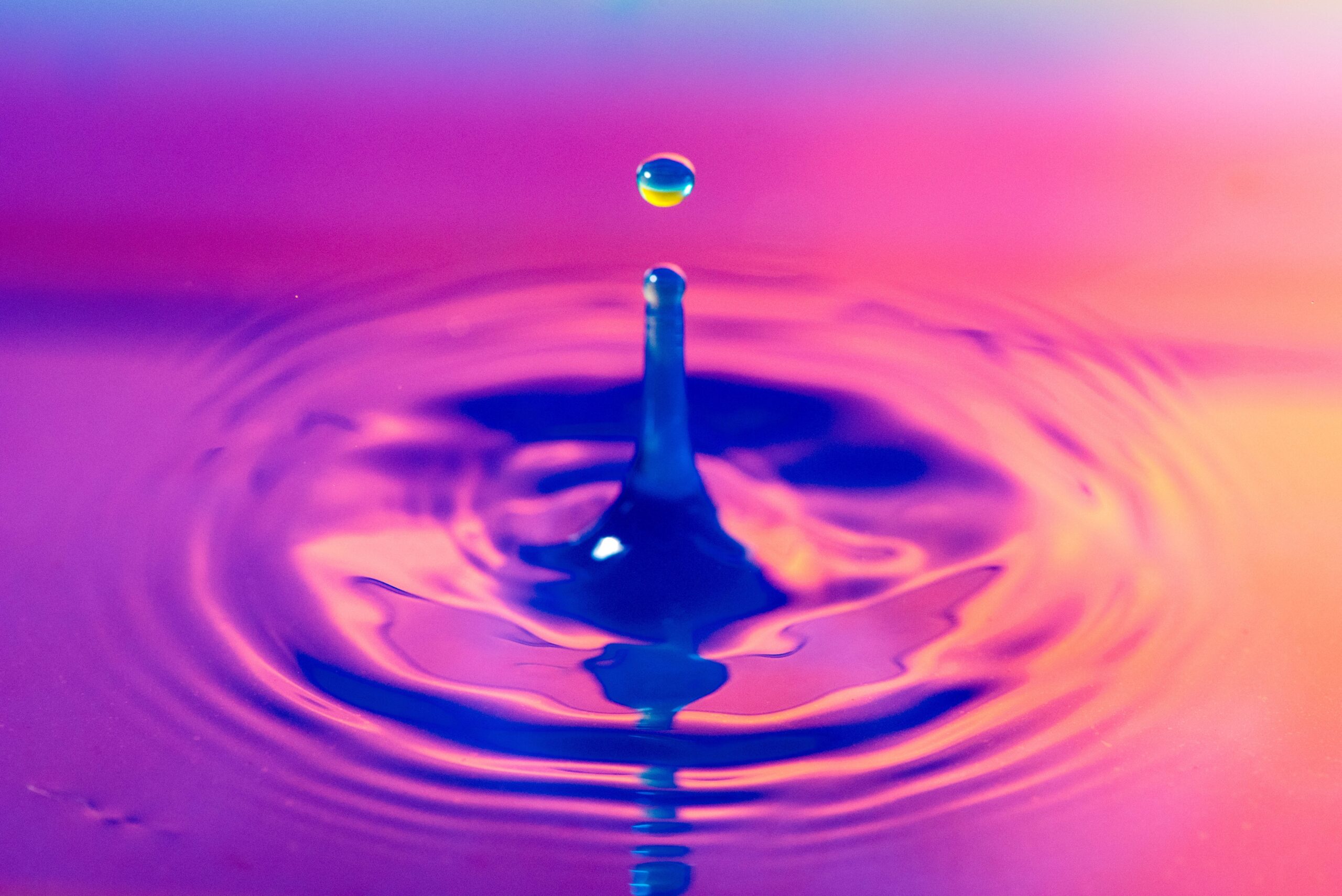By Jamera Bradley, Staff Writer and Researcher for Save The Water™| March 24, 2020
Image source:
What Are PFAS?
Per- and Polyfluoroalkyl Substances (PFAS) are man-made chemicals that make products resistant to the effects of water, stains, and grease. In other words, people come into contact with PFAS throughout their everyday life. For instance, items treated with PFAS can include: food packaging, drinking water, and repellants. Therefore, they can often be ingested, inhaled, or absorbed through the skin. In conclusion, if any of these happen, the exposed person can become at risk for health deterioration (e.g. cancer, decrease in immunity, negative effects on child development, etc.).
What Rules did the EPA Propose?
- Define PFAS as hazardous substances.
- Test all PFAS chemical toxicity levels.
- Create a production notice for PFAS.
- Implement PFAS water regulations.
- Enforce the regulation of PFAS.
- Create a PFAS grant program.
- Identify PFAS as harmful air pollutants.
- Enforce safe PFAS disposal methods.
- Create a label for PFAS-free products.
- Minimize the usage of products containing PFAS.
- Prevent pollution of water by GENX (fluorochemical).
- Identify when PFAS are used.
- Create a website for household water testing.
- Inform the public of the effects of PFAS.
What Can These Rules Accomplish?
With these rules in place, the EPA can help reduce the negative effects of water contamination on human, animal, and plant populations. Therefore, the regulation of harmful PFAS can also decrease the amount of chemicals present in tap water. There are many cities in the United States of America affected by contaminated water. However, if these rules are passed, the EPA may help bring cleaner water.
References
- National Toxicology Program. August 2003. “Per- and Polyfluoroalkyl Substances (PFAS)”.
- Mohammad Feisal Rahman, et al. March 01, 2014. “Behaviour and fate of perfluoroalkyl and polyfluoroalkyl substances (PFASs) in drinking water treatment: A review”. Science Direct. https://www.sciencedirect.com/science/article/abs/pii/S0043135413008518?via%3Dihub
- Representative Debbie Dingell. January 14, 2019. “H.R.535 – PFAS Action Act of 2019”. Congress. https://www.congress.gov/bill/116th-congress/house-bill/535/text
- José L.Domingo and Martí Nadal. October 2019. “Human exposure to per- and polyfluoroalkyl substances (PFAS) through drinking water: A review of the recent scientific literature”. Science Direct. https://www.sciencedirect.com/science/article/abs/pii/S0013935119304451?via%3Dihub
- Tracey Anne Duncan. January 28, 2020. “43 US cities have contaminated water. Here’s how to protect yourself.” Mic. https://www.mic.com/p/43-us-cities-have-contaminated-water-heres-how-to-protect-yourself-21752451




